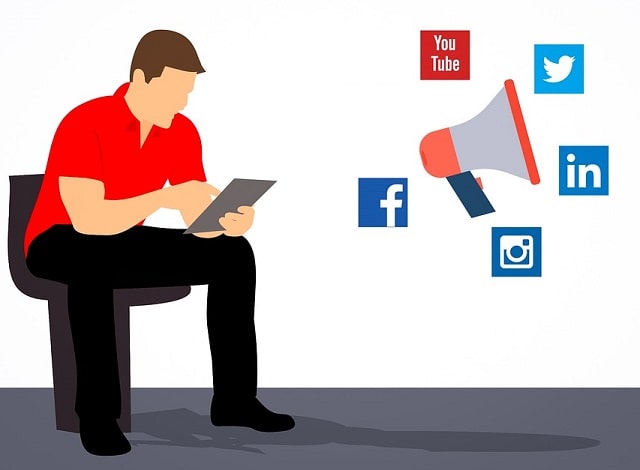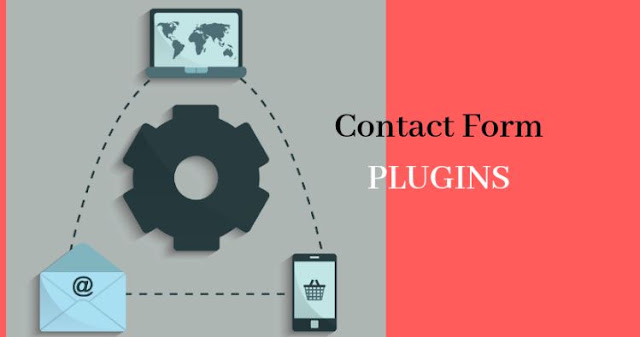How social media is pushing fashion Gone are the days of spoon-fed fashion from the powers that be behind the catwalks and glossies. Now, the world of fashion is free and larger than it has ever been, thanks to social media. With Instagram influencers in every fashion type, there's no limit to the amount of fashion inspiration available to us.
How has the rise of social media changed fashion? And is the fashion world embracing it to its fullest potential?
A Fresh Audience
Fashion changes faster than magazines hit the shelves nowadays. It’s all about social media — what products are online retailers pushing this season? What dresses are all your friends wearing in their latest tagged photos? And, what’re the bloggers and influencers on your news feed into this month?
As they view tradition advertising as having a ulterior motive, millennials tend to steer clear of it. In the world of fashion, this means that magazines and advertising campaigns don’t have the influence that they once did — they’re now seen as quite distant from the reader as many are aware of the editing that goes on behind one shot. Instead, peer recommendations are more valuable and accessible than they once used to be. Of course, we’ve all heard of the power of word-of-mouth, but with social media and its ability to spread at a rapid speed across countries, it’s more important than ever before. Of Instagram’s total audience, 200 million users follow at least one fashion account. 45% of Instagram users in Britain say they follow these fashion accounts to gain inspiration for looks they can buy or create themselves. Sharing their own looks is a part of this process too, with #fashion mentioned a huge 13 million times a month and #ootd (outfit of the day) featuring in 140 million posts to date.
This new audience wants to be validated with ‘followers’ and ‘likes’, and will listen to people who have gained many of them. Many of us are used to reading user-generated reviews about an experience or product before making a purchase now. In fact, research found that 71% of people are more likely to make an online purchase if the product or service has been recommended by others. In addition to this, 84% of millennials are likely to be influenced into making a purchase based on the user-generated content by strangers who have experienced the product or service.
Digital is the in thing for fashion marketing. Even luxury brands — that once shunned social media for fear of it cheapening their image — are jumping on the digital bandwagon. While 72% of luxury fashion brands’ marketing spend is still attributed to print marketing, digital is quickly gaining pace — reaching a total digital ad spend of $100 billion in 2016. It's obviously much higher than that now and growing every month.
If fashion brands can make their way onto the news feeds of users, they become exposed to a demographic that has already expressed interest in them.
Brands Can Speak To Customers
Now, fashion and retail brands can connect directly with their audience like never before. Founder and editor in chief of independent publication, the Business of Fashion, Imran Amed, says: “The one thing that has changed dramatically in recent years is the direct relationship brands now have with their consumers. In this new hierarchy, the consumer has the ability to amplify or negatively impact on business, through sharing positive or negative responses.”
Take fashion shows, for instance. Once an exclusive event for the elite and top names in fashion, many shows on the catwalk can now be viewed live by millions. Access to the designers’ latest fashion lines was often something that we could only hear about through magazines and the press. Now however, we can keep up with the latest through monitoring the content attached to a hashtag.
Facebook and Twitter used to be the social media giants. Snapchat rivaled it for a year or two before plateauing and slowly declining. But, now there’s a new power player on the scene — and it’s taking over. Instagram reached 800 million monthly active users in September 2017 and these users have the highest level of engagement (time spent using the app) compared to other social media sites. Now it's around 1 billion users!
A visual-focused app, Instagram is a brilliant tool for fashion. This encourages brands to think more about ‘real’ people, with different bodies, skin tones and fashion preferences — it’s opened a whole new world for fashion marketers. Now, Instagram users can shop directly through the channel. Brands are able to tag products in their posts which can then lead users to a point-of-sale. Early adopters of this, such as Natori and Magnolia Boutique, have already found that traffic and sales from Instagram have increased after implementing the shopping service.
As another form of “real reviews from real people”, customers can post their outfits under a brand’s hashtag, encouraging others to buy. This is another form of user-generated content and it allows others to see what the outfit looks like on real people. In some cases, users are given the chance to feature on the main social media page.
The Market For Influencers
Influencers can encourage discussion for a brand, so it’s clear that they are a powerful asset for the marketing industry. The influencer economy of Instagram alone is valued at $1 billion and 94% of businesses said influencer marketing was an effective campaign strategy. Influencer marketing involves working with influential personas — for example, a blogger or user with a high social following — to increase awareness of a brand or influence the purchasing patterns of a target audience.
Kendall Jenner, for example, has been unveiled as Adidas’ new Ambassador. With a total Instagram following of 89.2 million compared to Adidas’ 19.2 million, the partnership will significantly increase Adidas’ social reach and position the brand in front of Jenner’s younger fashion following.
With social media giving people a closer link to celebrity influencers, a recommendation feels closer to home when an influencer reviews a product. Seeing the people we admire or look up to wearing a particular outfit or using a certain product is a vote of confidence in a brand that makes us more likely to purchase the particular product or interact with the brand in the future. This sense of community is something that brand accounts struggle to deliver; a third-party is needed to validate the products for consumers.
Many influencers are celebrities, but it isn’t an essential requirement. It can involve any profile that can add value to a brand but generally, this value is measured in terms of volume of followers. However, for maximum benefit, an influencer’s followers should be closely linked with a brand’s target demographic. Influencer relationships can be expensive, so the associated spend needs to be justifiable — yet doing so can be problematic for fashion brands, when you consider the difficulty surrounding success measurement. Micro-influencers on social media can be just as effective for a much lower cost.
While it’s difficult to get an obvious number of sales from influencers, it is far easier to see how strong influencers are at building connections and brand loyalty. Research found that 5% of the influencers that were offering product recommendations were driving 45% of social influence.
Social media has had a huge effect on fashion. We’re now more connected with our brands than ever before and are proud to publicly post about the names we love. With the implementation of Instagram shopping already changing the process of fashion retailing, who knows what the future holds?
Sources
https://economictimes.indiatimes.com/tech/software/how-instagram-is-driving-fashion-business/articleshow/62771925.cms
https://www.forbes.com/sites/andrewarnold/2017/12/22/4-ways-social-media-influences-millennials-purchasing-decisions/#3f58316f539f
https://blog.hubspot.com/marketing/examples-of-influencer-marketing-campaigns
https://www.theguardian.com/fashion/2017/jul/08/does-fashion-industry-need-vogue-in-instagram-age
https://www.bigcommerce.com/blog/instagram-shopping/
I hope you enjoyed this article about how social media platforms are changing the fashion industry and retail marketing overall.
Interested in more articles about social selling?
Read My Posts:
- Free Guide To Instagram Marketing
- How To Generate More Leads With Social Selling
Read More Bootstrap Business Below




